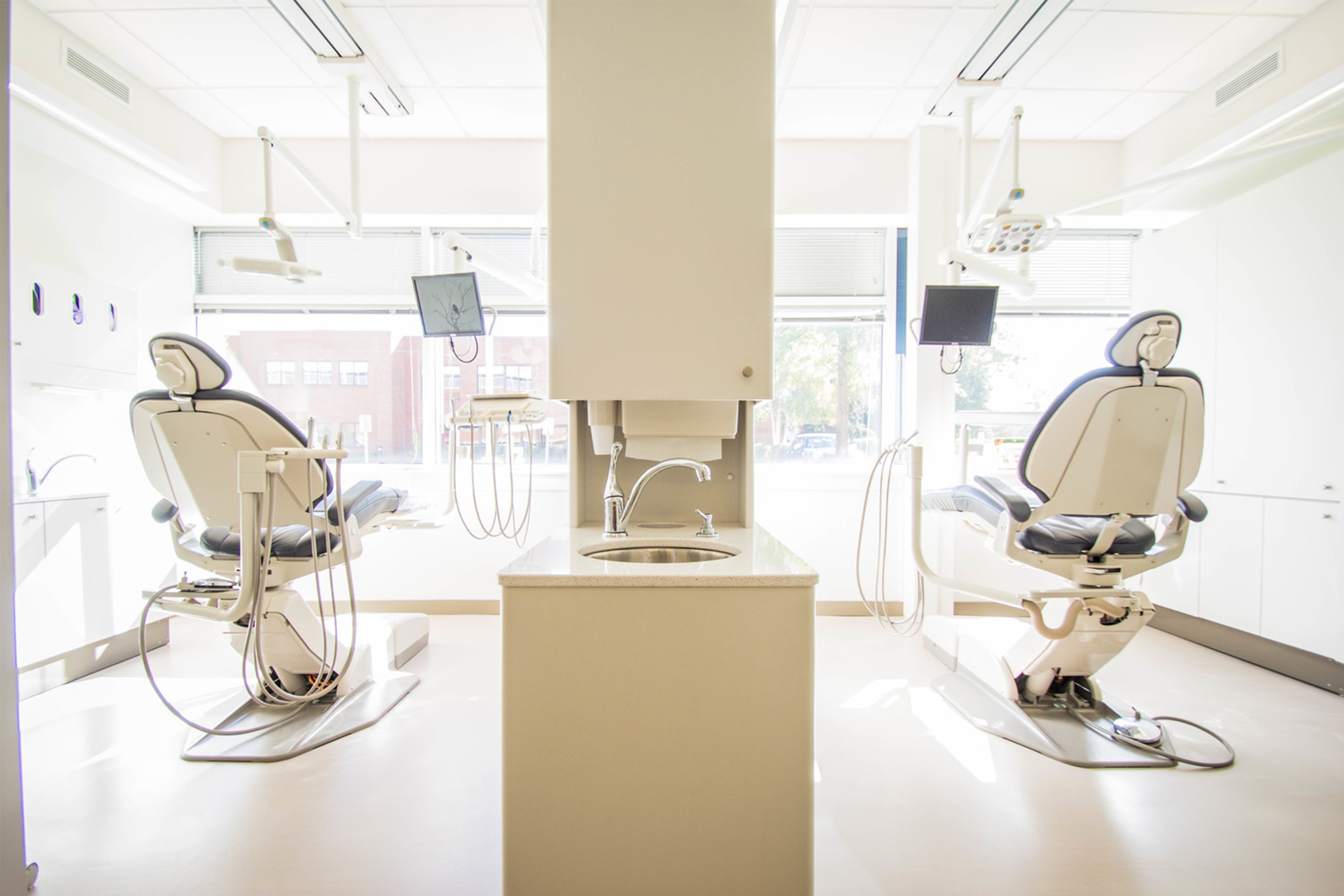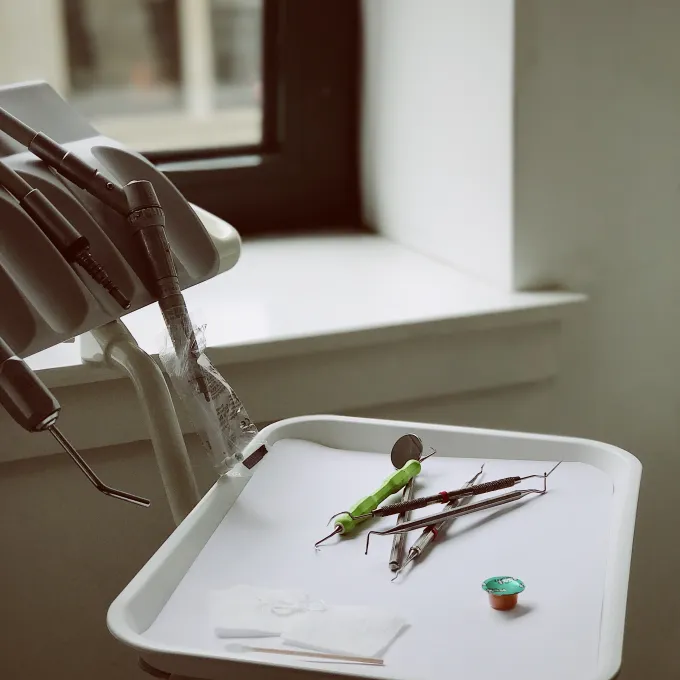There are 66 dental schools in the United States; 63 are 4-year schools and 1 is a 3-year school (University of the Pacific). There are now approximately 11,000 applicants for about 6,100 first year places. The male/female ratio was 50/50for the first time nationally. The ADEA Official Guide to Dental Schools, available online is a comprehensive guide with up-to-date information on preparing for and applying to dental schools. You should consult this for requirements, admissions statistics, and financial aid procedures for individual dental schools and programs.
Undergraduate Prerequisites
Most dental schools require 2 semesters of coursework and corresponding labs in each of the following: general chemistry, organic chemistry, biology, and physics. Students should check with individual schools and the ADEA Official Guide to Dental Schools, as increasingly more schools are adding requirements for coursework in biochemistry and math.
Timeline
Students begin the application process over a year prior to actual enrollment dental school. Applicants should plan to take the DAT in late spring or early summer. They should spend June (the AADSAS application is available on or around June 1) through August applying to schools, completing both the primary AADSAS application and the school-specific supplemental applications. Applications should prepare for interviews in the fall by budgeting time and finances appropriately. Notification of dental school acceptance offers begins on December 1.
Undergraduate Experience
Students are required to complete a minimum of 2-3 years of undergraduate education (also called a “predental education”) although 95% of students in dental school do have an undergraduate degree. The overall GPA for students currently in dental school is a 3.5 with the science GPA being slightly lower. Note that this GPA is a national average; Washington University students successfully apply to dental school with somewhat more modest grade point averages.
Extracurricular Activities
Successful dental school applicants demonstrate a continued commitment to serving others. They are involved in their communities, find volunteer activities that are meaningful to them, provide leadership in their organizations, tutor, serves as RA’s, conduct research, etc. Similar to other pre-health students, dental school applicants should participate in activities in clinical settings (though opportunities for research in dentistry are relatively few).
Dental Admissions Test (DAT)
Applicants must take the Dental Admissions Test (DAT). The DAT is a computerized test and can be scheduled year-round. The test includes the following sections: tutorial, survey of Natural Sciences, Perceptual Ability Test, Reading Comprehension, Quantitative Reasoning and Post Test Survey. The grading on each component is 1-30. Perceptual Ability forms one score and the remainder comprise the Science Score. Scores of 19-20 and above are competitive for dental school admission. Details about the test, sample questions, and scheduling information can be found here.
The Application
Students apply through a centralization application service, the American Association of Dental Schools Application Service (AADSAS). Students can obtain information and begin the application here. The application processing can take 4-8 weeks, and applicants are able to monitor the status online.
Letters of Evaluation
Applicants may submit a maximum of four individual Letters of Evaluations or one Committee Letter/Report plus the optional of one additional individual letter. Evaluators have the option of submitting their letters electronically or by mail.

